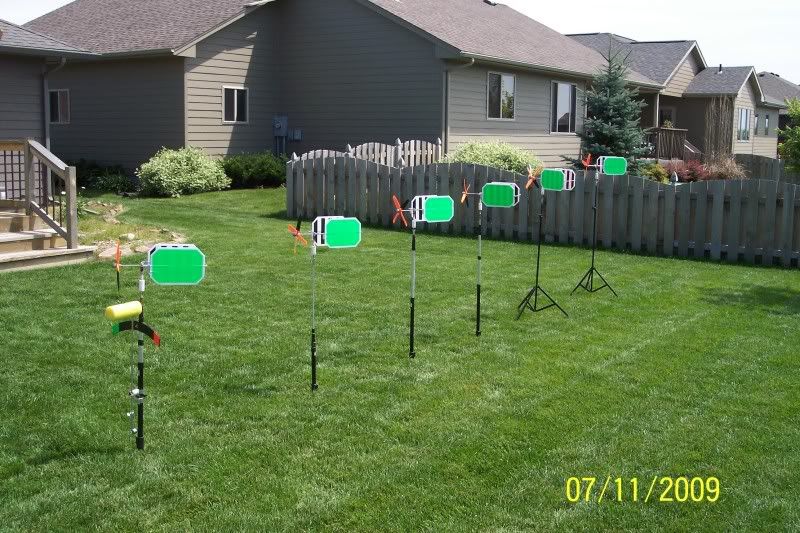G
gray wolf
Guest
OK--OK--- I give up.
I need to read the wind And I am not sure how to get started.
I thought I was one of those guy's that didn't need to--after all I am shooting at 100 yards and hey how much could a 7 or 8 mile an hour wind move my 130 grain bullet?
I am limited for money but I have plenty of the thin plastic trail marking tape and I am sure I can come up with some stakes. My biggest problem is how do I know what the tape is telling me as it moves from the wind.
I am in the dark here and I need some help to get started.
GW.
I need to read the wind And I am not sure how to get started.
I thought I was one of those guy's that didn't need to--after all I am shooting at 100 yards and hey how much could a 7 or 8 mile an hour wind move my 130 grain bullet?
I am limited for money but I have plenty of the thin plastic trail marking tape and I am sure I can come up with some stakes. My biggest problem is how do I know what the tape is telling me as it moves from the wind.
I am in the dark here and I need some help to get started.
GW.



